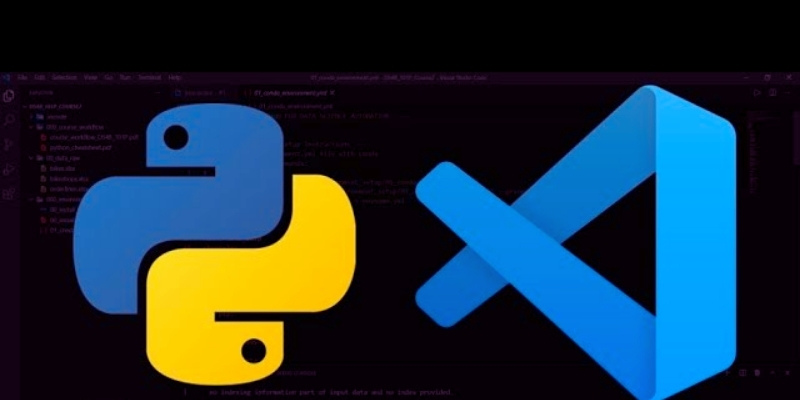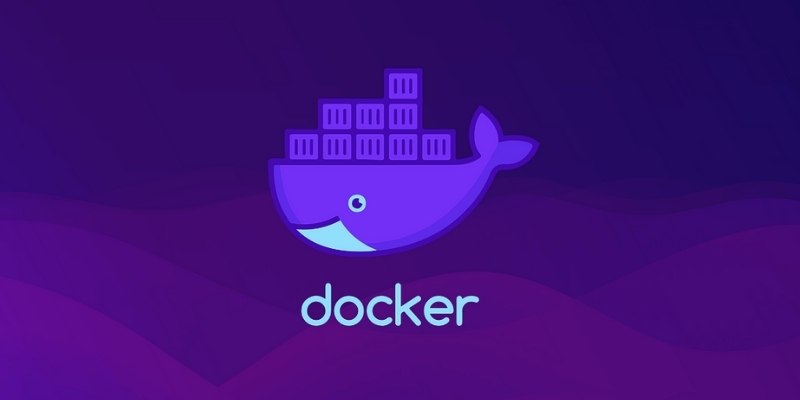Large language models (LLMs) are revolutionizing data science. These AI-powered technologies help simplify chores, boost forecasts, and sharpen insights. Including LLMs in your data science process will help to simplify procedures and increase analytical efficiency. This guide walks over how to include LLMs in your projects. We will go over model choosing, data preparation, and deployment methods. These guidelines can help you open up fresh opportunities with artificial intelligence.
This article will help you start, regardless of your experience as a data scientist. Discover how to maximize LLMs to provide improved data insights. Let's examine how you can maximize this advanced technology.

Choosing the Right LLM for Your Project
Choose the correct LLM carefully. Various models provide special advantages and disadvantages. While some excel at producing code or answering questions, others are excellent at summarizing text. Consider elements including model size, training data, and accuracy. Open AI's GPT series, Meta's LLaMA, and Google's Gemini are popular choices. Each has unique skills fit for distinct jobs.
Check computational resources as well. While some models run on cloud systems, others require very strong GPUs. If you require real-time processing, consider an API-based solution. Customizing is another element. On particular datasets, fine-tuning models can raise performance. Still, it requires both technical knowledge and data preparation. Sort your project requirements before choosing a model. The proper decision will improve the accuracy and efficiency of your process.
Preparing Your Data for LLM Integration
The performance of effective LLM depends on high data quality. Messy or unstructured data might cause erroneous outputs. Correct preparation guarantees consistent insights from your model. Clean your data first. Eliminate redundancies, fix mistakes, and standardize forms. Turn words into a disciplined arrangement fit for your model.
Then, give tokenization priority. LLMs break text into tokens—chunks. Make sure your data is tokenized correctly for seamless running. Many libraries find great use for Hugging Face's `tokenizers.` Context is also important. Share pertinent information to improve model understanding. If you teach a model on incomplete or biased data, the results will be faulty. Test your data finally in tiny chunks. As necessary, review outputs and improve preprocessing processes. In projects driven by LLM, well-prepared data improves accuracy and efficiency.
Implementing LLMs for Data Science Workflows
Prepare data, then include LLMs in your process. There are several ways: fine-tuning, local deployment, and API calls. Easy is API-based integration. Services like Cohere or OpenAI's API provide access to LLMs without significant computer demand. Just provide data and get solutions created by artificial intelligence. Install models locally for better control. That calls for building TensorFlow or PyTorch-based systems.
While running models in-house guarantees data privacy, it also requires computing capability. Another choice is fine-tuning. Training an LLM on particular datasets increases accuracy for tailored jobs. Still, this calls for knowledge of computer resources and machine learning. The proper implementation technique will rely on your requirements. LLMs can improve your data analysis procedures whether you are training a bespoke model or leveraging APIs.

Enhancing Model Performance with Fine-Tuning
Custom dataset training helps fine-tune LLMs, letting models respond more precisely and reliably. Start by choosing a dataset. Make sure it includes top-notch information pertinent to your work. It works better if your information is well organized. Use models fine-tuned using Hugging Face's transformers. These tools offer customizing choices and pre-trained models.
Change the batch size and learning rates among other hyperparameters. That controls overfitting and maximizes training efficiency. Track performance with validated datasets. Fine-tuning calls for both time and computing capability. Resource-intensive chores can be helped by cloud-based solutions such as Google Colab or AWS. Test your model once trained. Analyze efficiency, accuracy, and bias. For some uses, well-adjusted models can greatly improve performance.
Deploying LLMs in Real-World Applications
LLM deployment is including them in apps. There are several approaches to apply them successfully. Commonly used is cloud-based deployment. Scalable artificial intelligence solutions abound on AWS, Azure, and Google Cloud platforms. These services provide stability and manage computational needs. Deployment on-site gives control. LLM running on local servers improves data security. Still, it calls for infrastructure and maintenance.
Another way is to embed LLMs into apps via APIs. It makes recommendation systems, text analysis tools, and chatbots possible. Many firms use this method to include LLMs in their corporate operations. Crucially, after deployment testing and monitoring, ensure the model gives objective, precise answers. Frequent updates help maintain system optimization and increase efficiency. Successful deployment of LLMs calls for selecting appropriate infrastructure. Local or cloud-based, these models can transform data science uses.
Optimizing LLM-Driven Workflows
Though optimization is required, LLMs can improve efficiency. Unoptimized models can produce inaccurate or slow results. Effective model architectures help lower computing expenses. Similar performance lightweight alternatives from DistilBERT and GPT-3.5 Turbo are available. Apply techniques for the cache. Keeping past solutions accelerates forecasts and helps cut unnecessary processing, which helps with often-asked questions.
Guide model outputs using timely engineering. Well-organized cues enhance reaction accuracy. Try several wordings to improve the outcomes. Track resource use. Track memory use and processing periods. Optimizing these features improves performance without stressing systems. Regular updates keep models current. The rapid evolution of LLMs means that remaining current guarantees the best performance. Good optimization maintains affordable and quick processes.
Conclusion
Including LLMs in data science initiatives improves accuracy, efficiency, and general automation. Maximizing the potential of artificial intelligence requires choosing the correct model and carefully preparing data. Flexibility is given via implementation techniques, including local deployment, API access, and fine-tuning. Your particular demand will determine whether you deploy models on-site or in a cloud environment. Techniques of optimization guarantee reduced expenses and improved performance. Prompt engineering, lightweight models, and cache help to raise output quality. LLMs can change data analysis using the correct technique. They automate tedious chores and offer wiser analysis. Start today using this technology to improve your data science process.











